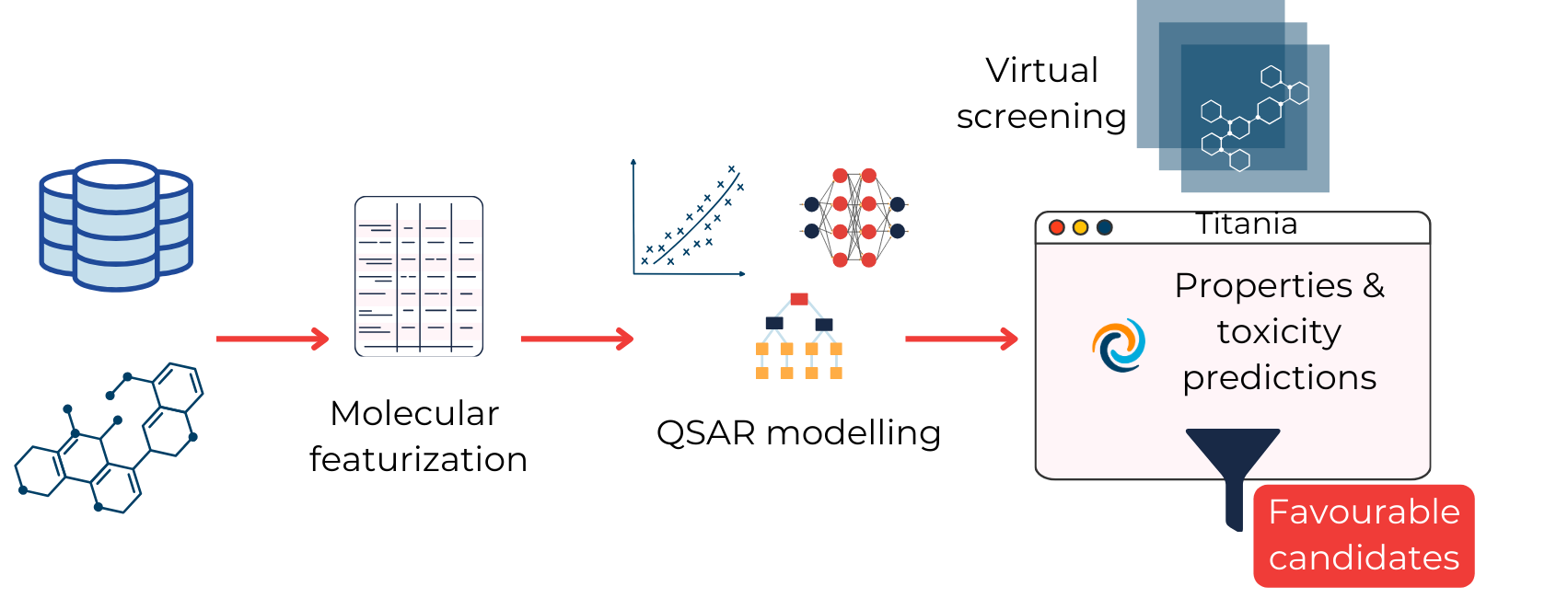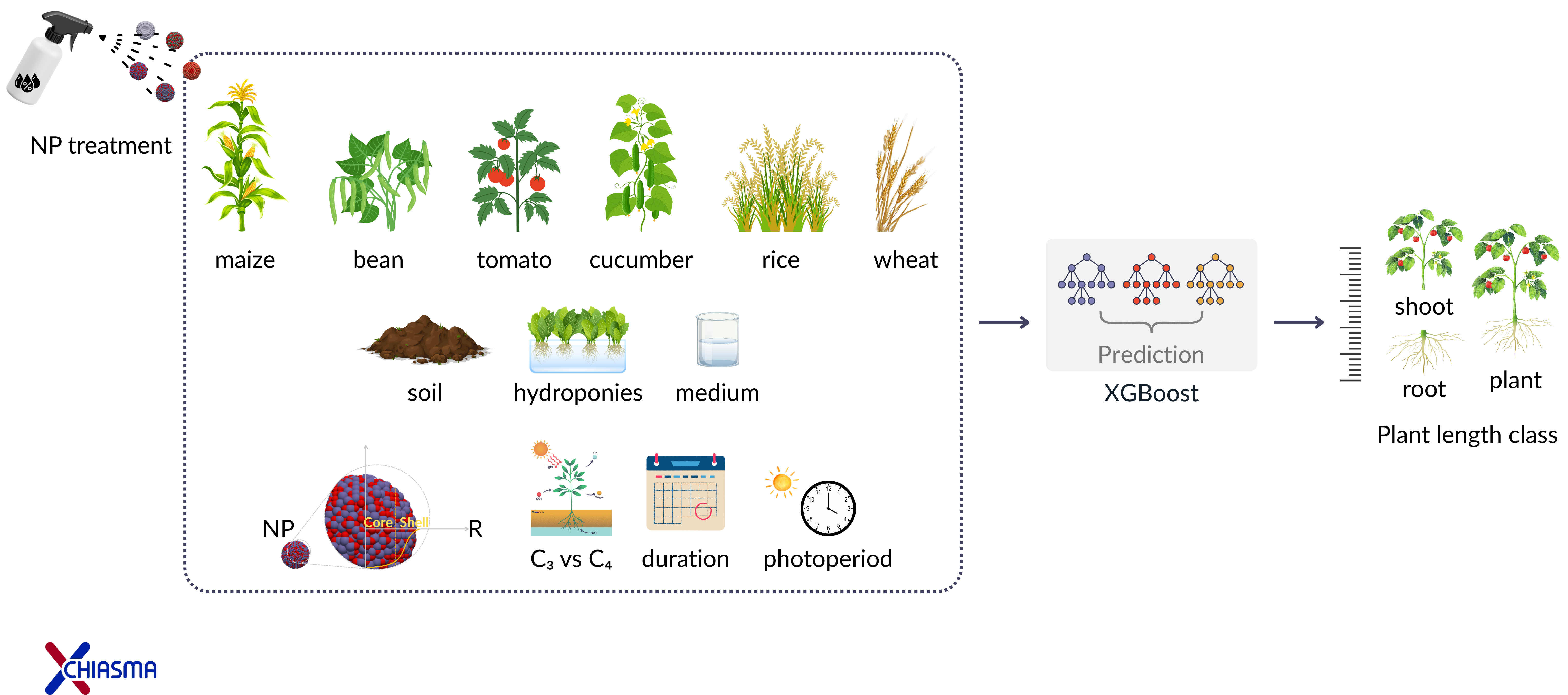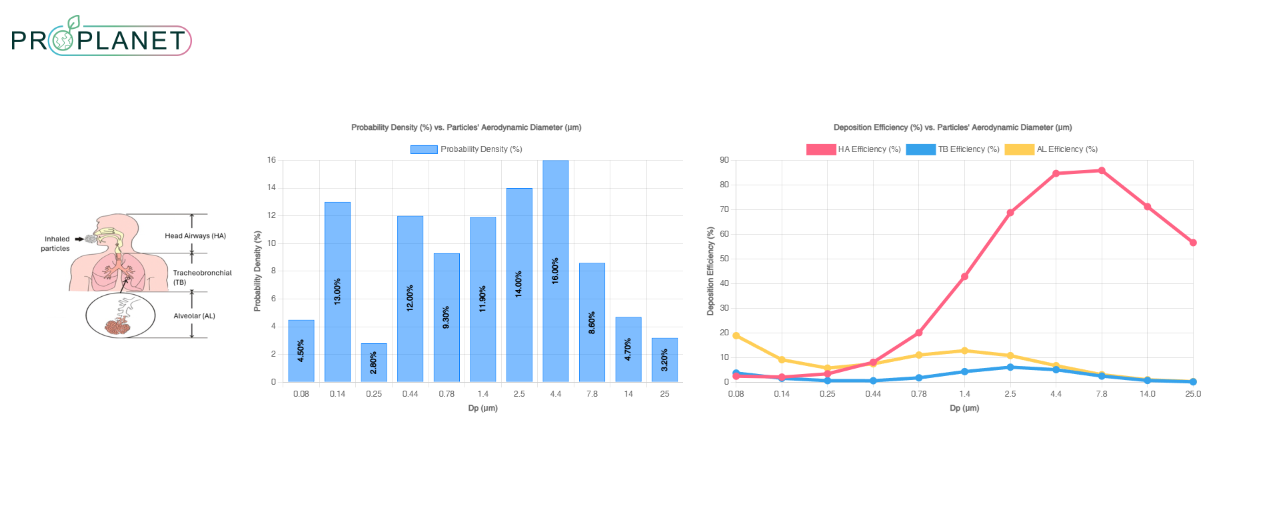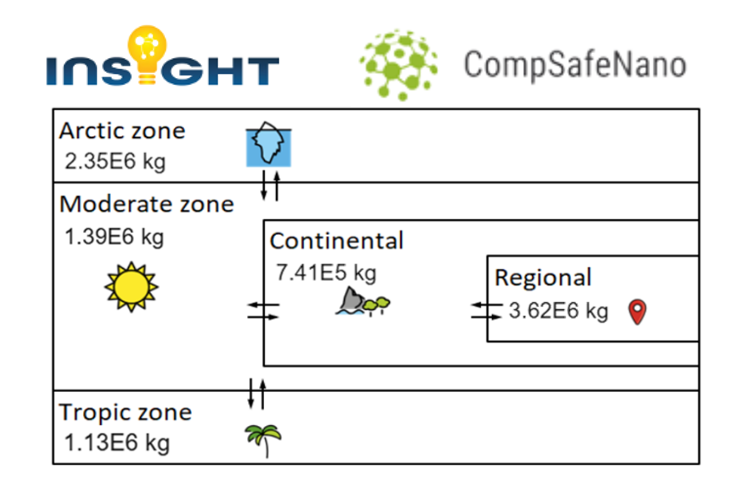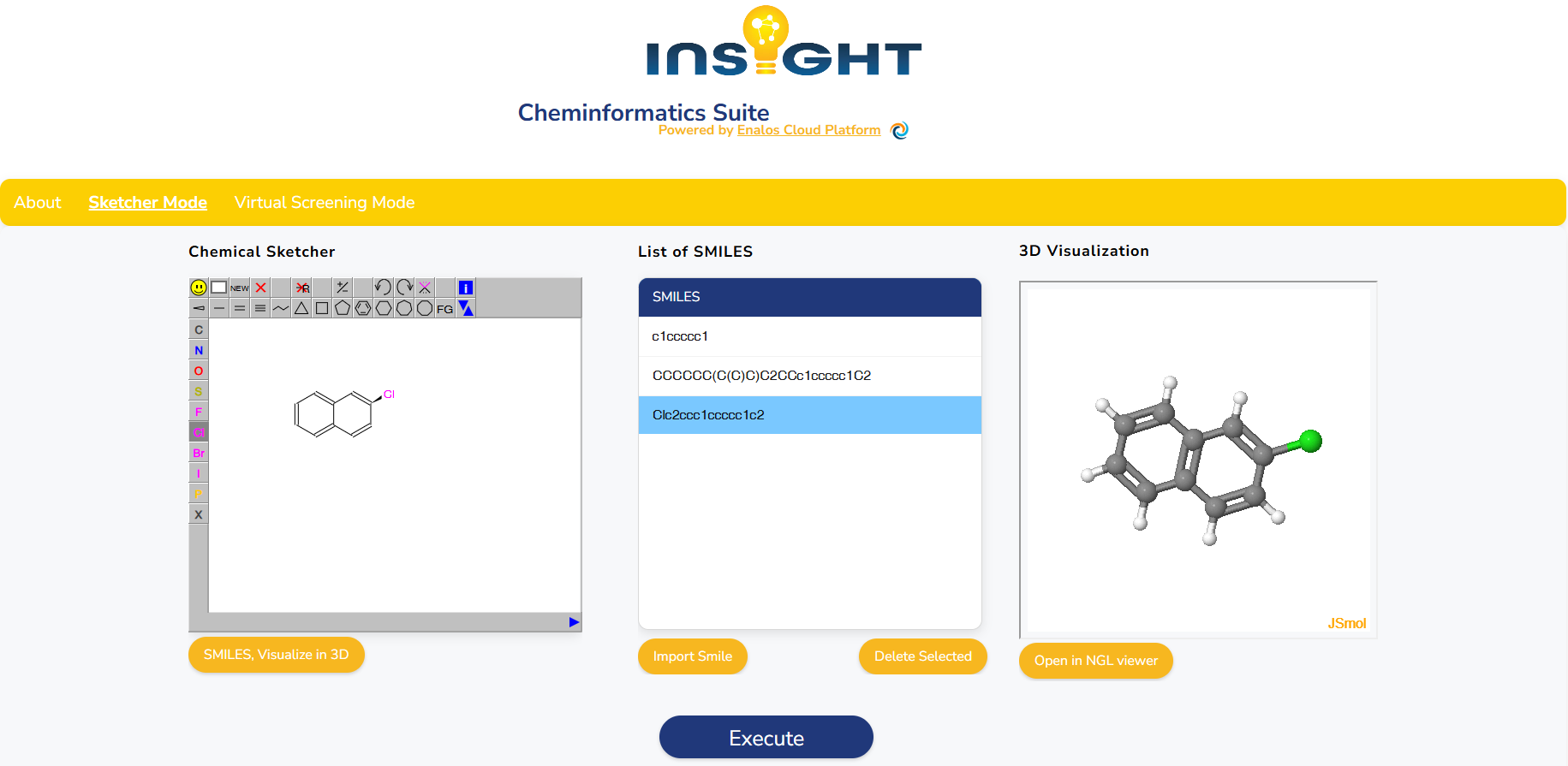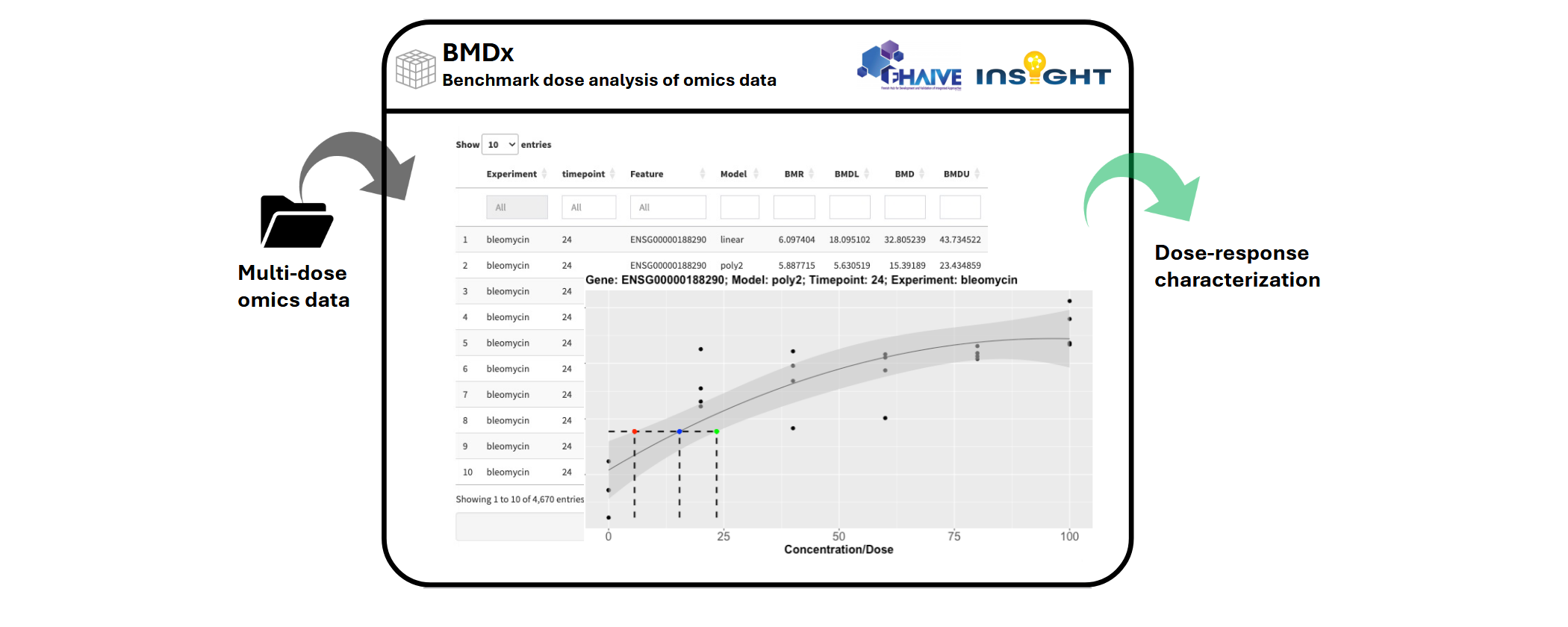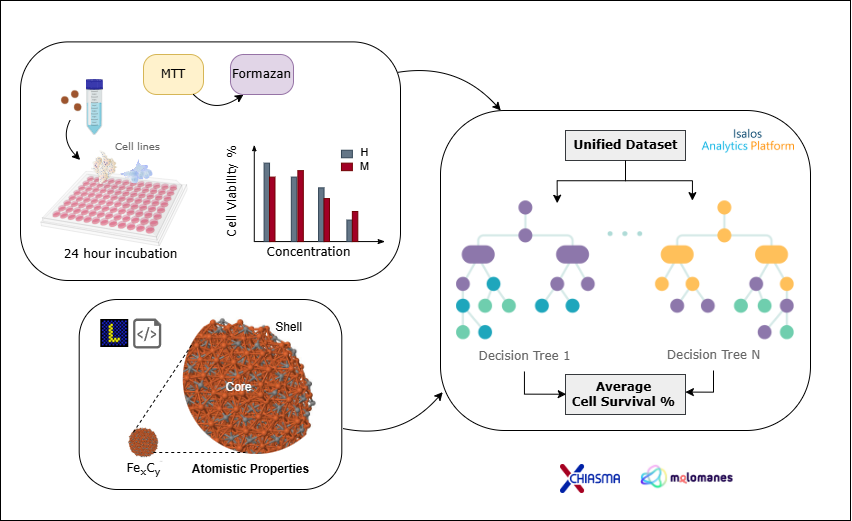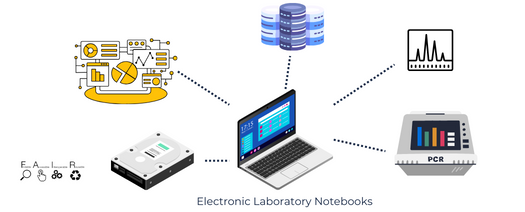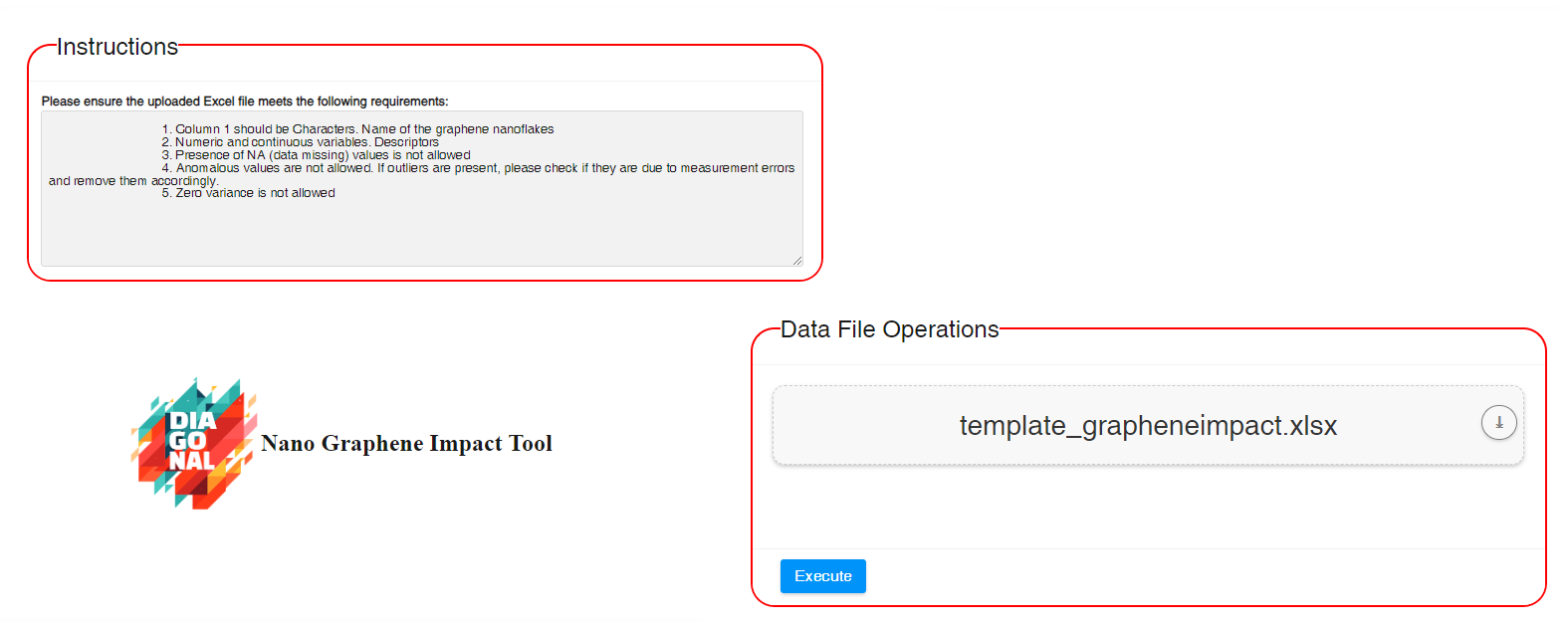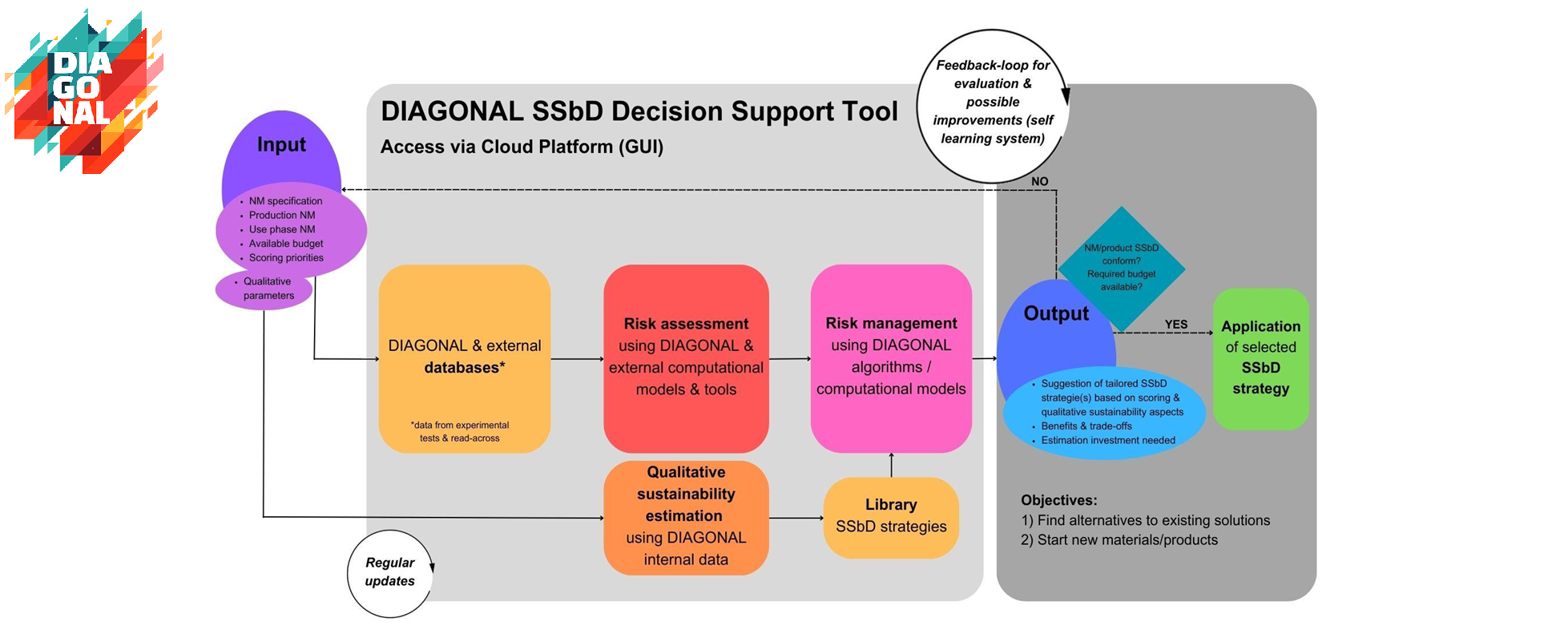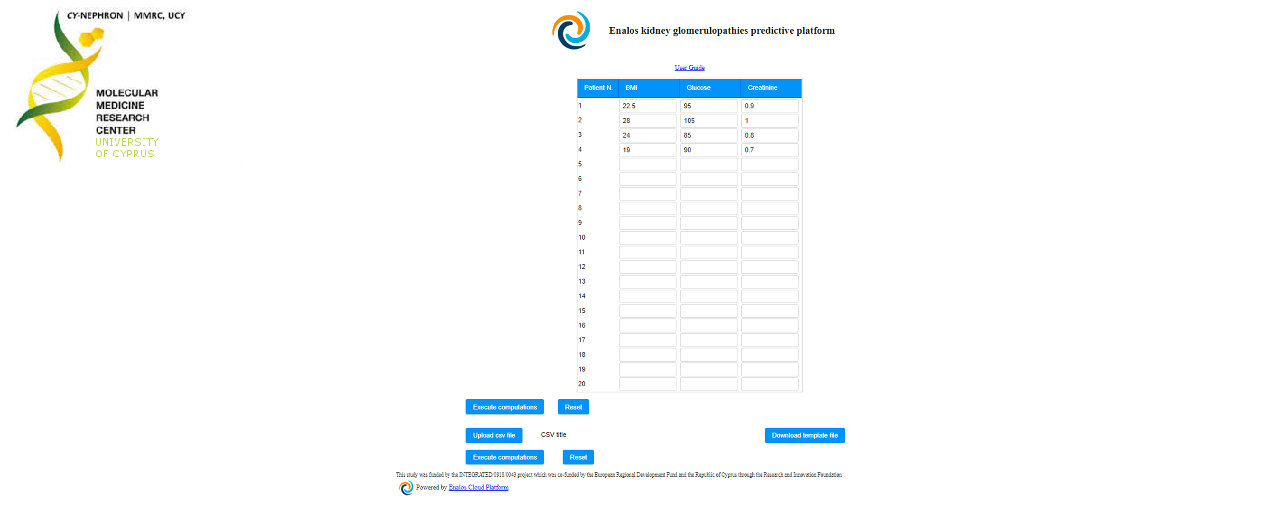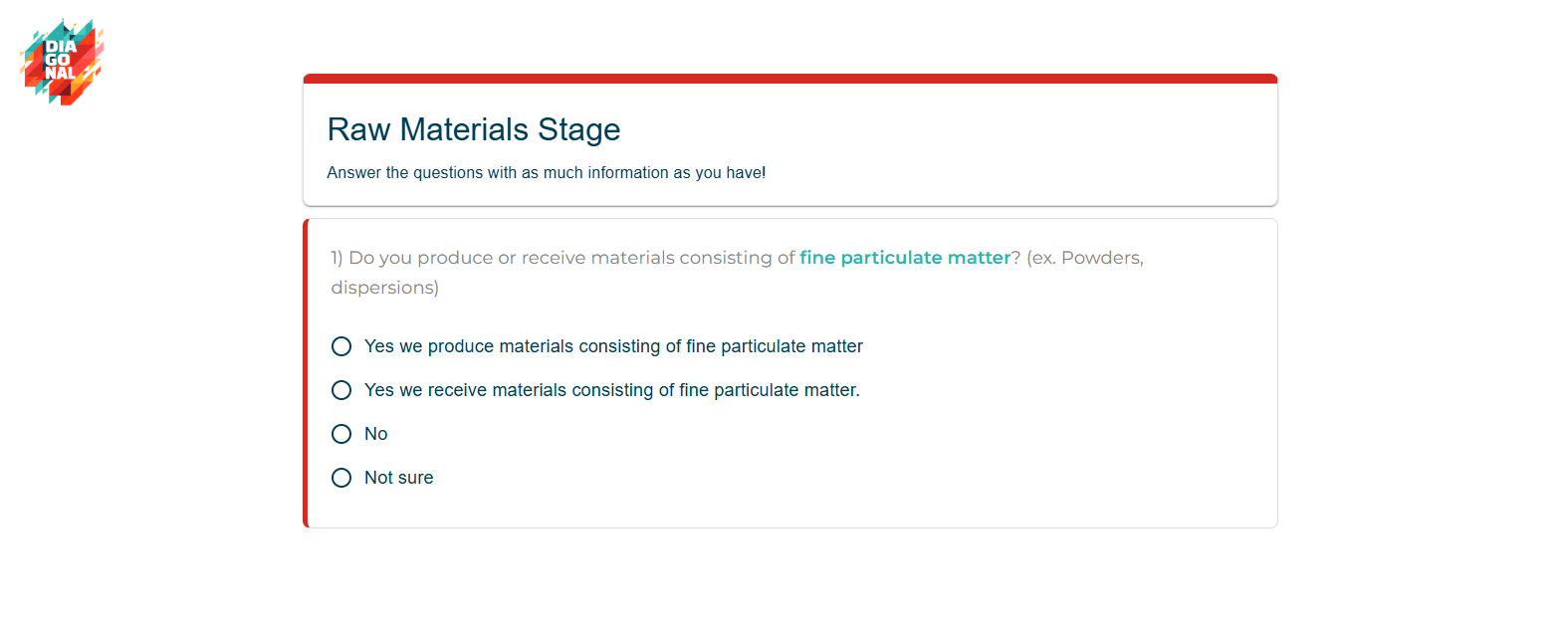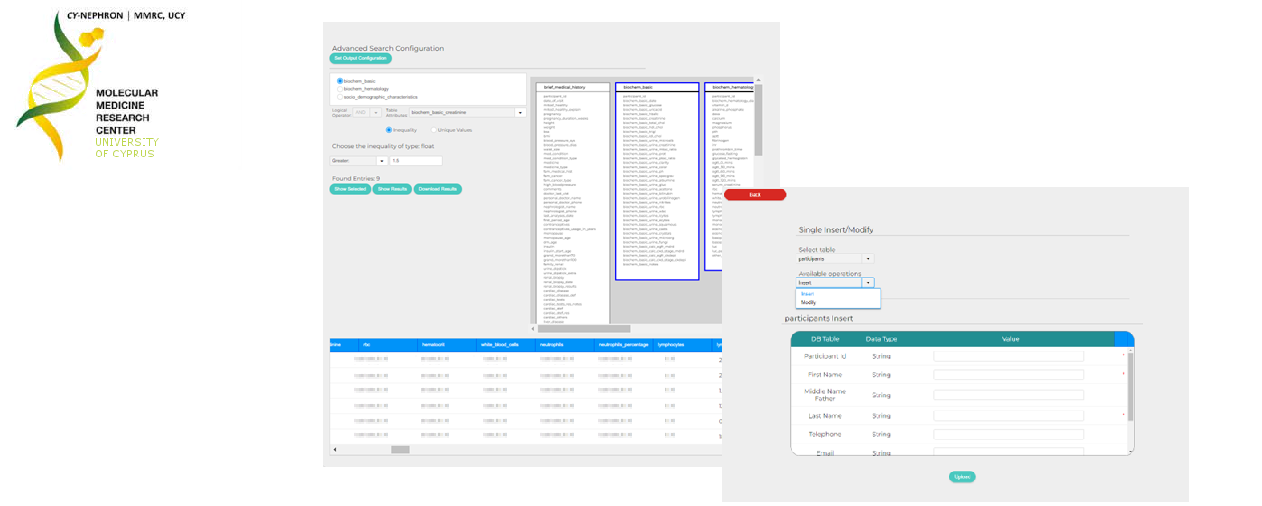Services
-
SimpleBox4Planet
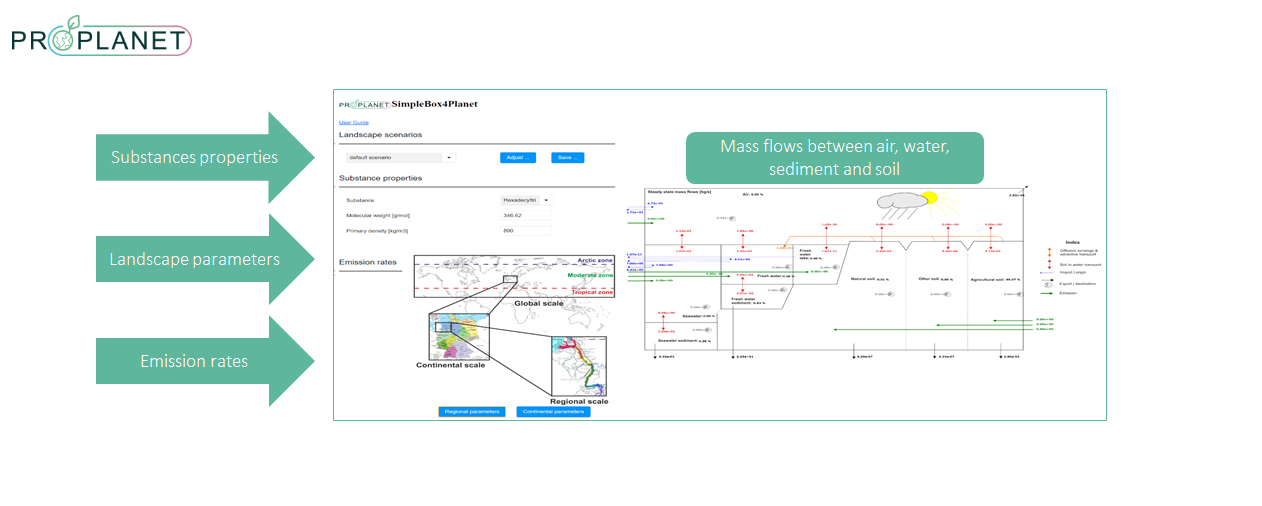
The SimpleBox4Planet tool provides a user-friendly environment to access the SimpleBox, a multimedia mass balance model used to evaluate the fate of chemical substances in the environment. The tool includes a database with the properties of candidate substances used as PFAS alternatives.
-
Read-across model for predicting the biological potency of novel PPARδ agonists

A read-across model for the prediction of the biological potency of novel peroxisome proliferator-activated receptor delta (PPARδ) agonists in human 293T cells co-transfected with Gal4-DBD using the luciferase transactivation process.
-
MicroPlasticTox
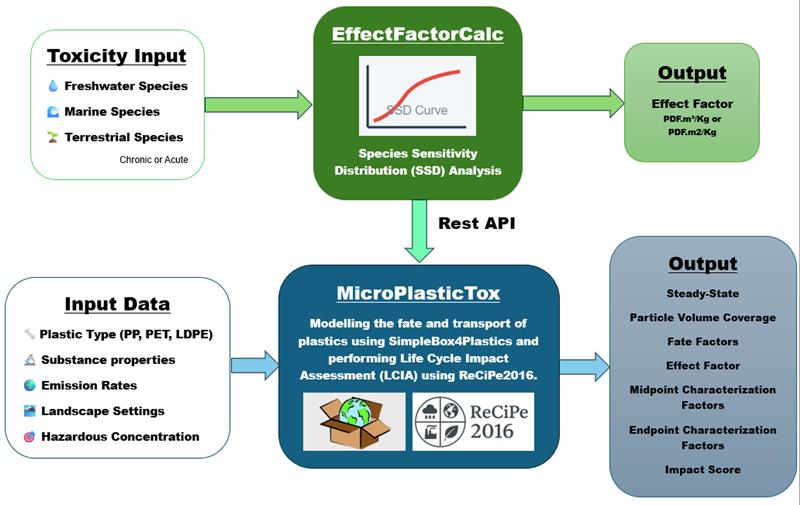
MicroPlasticTox is a user friendly web application hosted on the Enalos Cloud Platform. This tool is an extension of the existing MicroPlasticFate platform, allowing users to compute multimedia fate factors and integrates EF data from EffectFactorCalc to generate midpoint and endpoint characterization factors as well as impact scores.
-
ReDEx Repurposing Drug Explorer
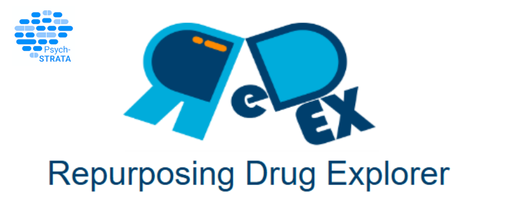
ReDEx is a multi-feature analysis tool for exploring drugs, diseases, and drug–disease relationships. It processes single or multiple SMILES strings, finds similar drugs using the Tanimoto Coefficient, and supports drug repurposing by integrating disease-gene networks with drug similarity data. It also identifies shared targets and performs enrichment analysis to reveal deeper biological insights.
-
UAVNeutralizer
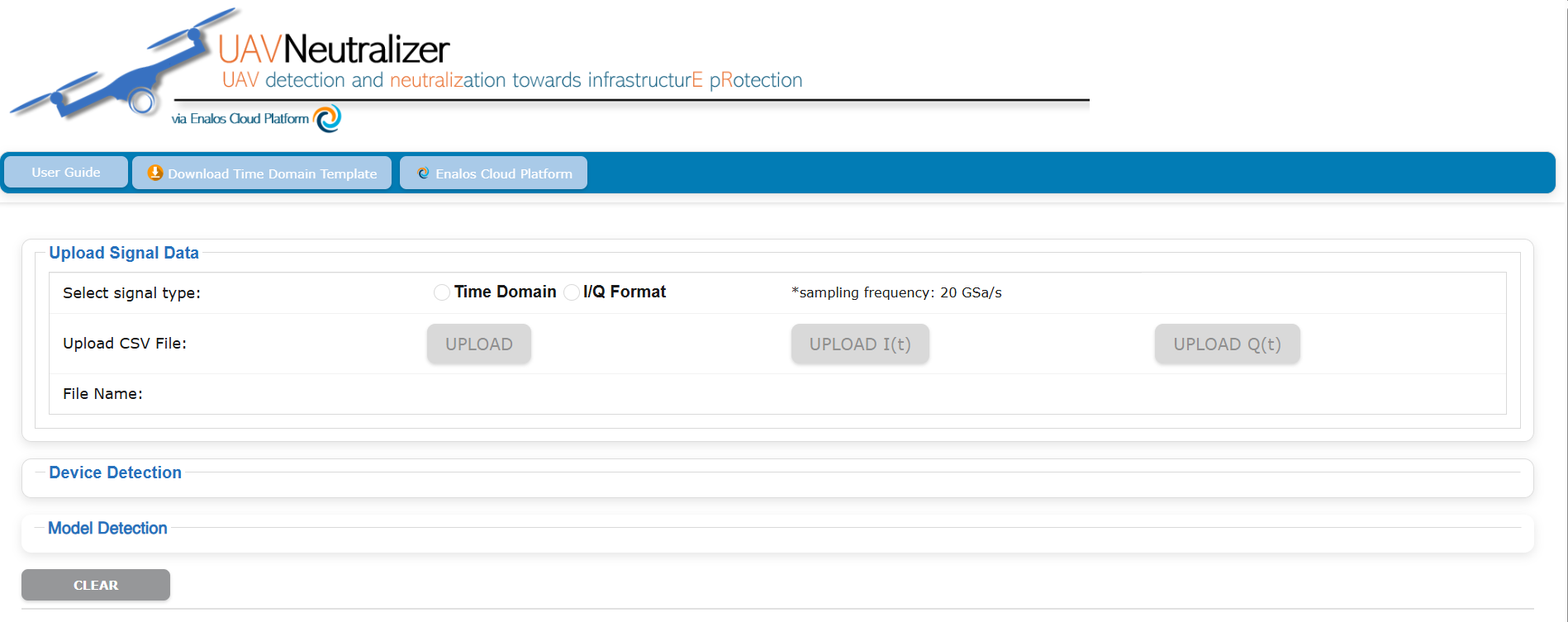
The UAVNeutralizer project aims to create an innovative, intelligent system capable of detecting and neutralizing malicious UAVs (e.g., drones), to ensure the protection of critical infrastructures. This application allows users to upload RF signals for classification into specific categories and models based on RF fingerprints.
-
Easy-MODA

This tool provides an assisted generation of MODA standardised reports for the FAIR and harmonized documentation of materials modelling workflows for EU projects, as proposed by the EMMC.
-
AOP fingerprint
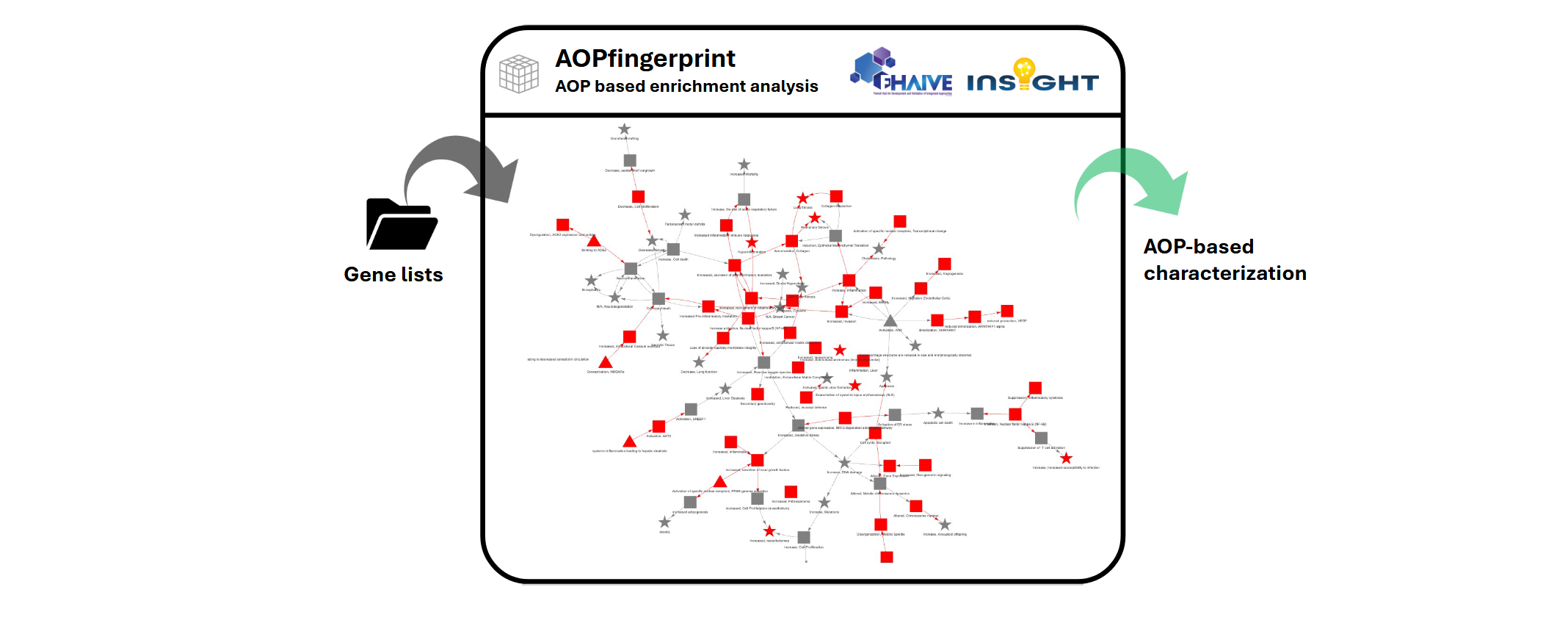
AOPfingerprint performs AOP-based enrichment analysis of gene lists. The tool can be used to conduct AOP-based mechanistic characterization of a chemical’s mechanism of action. Given one or multiple gene lists of interest (and possible numerical values associated with them), the tool performs enrichment analysis of key events and AOPs, and allows the construction of the enriched mechanism as a key event networks.
-
THALAMOSS platform for chelation prediction outcome (thalassemia patients)

This web service hosts a validated model to predict the chelation outcome for thalassemia patients by applying clustering-based and machine-learning-based stratification techniques to a comprehensive clinical dataset from thalassemia patients.



